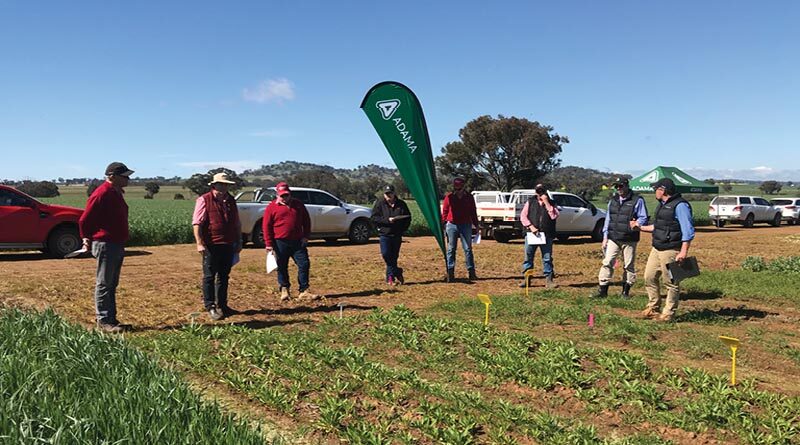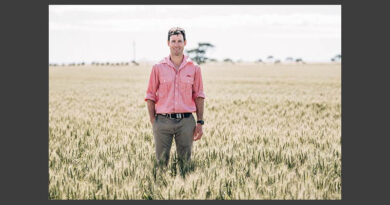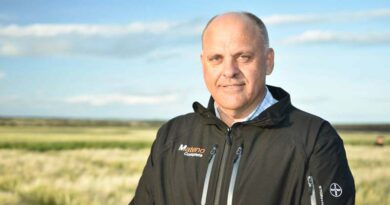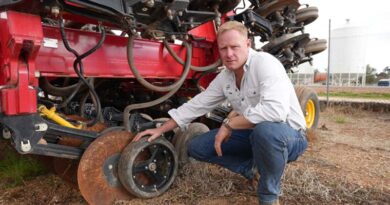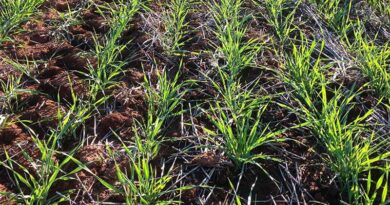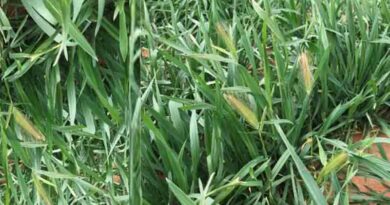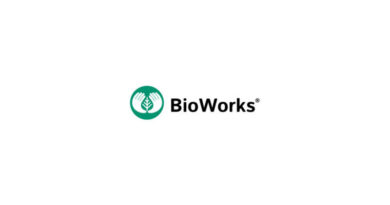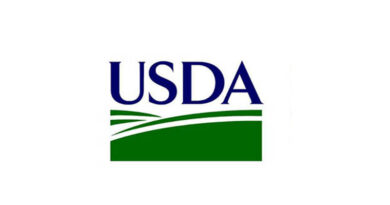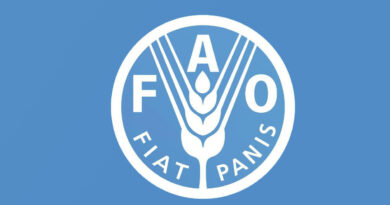Australia: New pulse herbicide in field of its own
28 February 2022, Australia: The opportunity for winter grain growers to control problem grass weeds and mitigate herbicide resistance in the pulse phase of cropping programs, as well as increase pulse returns, has been given a boost.
ADAMA Australia has announced the introduction of a pre-emergent herbicide with a new mode of action (Group E/HRAC Group 23). Ultro® 900 WG controls annual ryegrass as well as barley grass and brome grass in pulse crops. The latter have become more difficult to control in various areas due to the limited pre-emergent herbicide options available against these grass weeds.
The new herbicide is registered for use with faba beans, lentils, field peas, chickpeas, lupins, vetch and broad beans, and can also be used in winter fallow.
ADAMA Australia portfolio manager herbicides, Rob Walker, said pulse crops were an important component of cropping rotations.
“Pulses not only offer a vital disease break, but, with advances in plant breeding, agronomy and weed control strategies, they have also proven to be a profitable component of rotations,” Rob said.
“Weed control in pulses has historically been a challenge due to the poor crop competition and relatively few registered herbicide options available to growers and advisers.”
“As a Group E/Group 23 mode of action pre-emergent herbicide, Ultro introduces an alternative herbicide tool for annual grass weed control, helping reduce the pressure on commonly-used options in grain legumes, such as trifluralin and propyzamide.’’
Ultro has been trialled throughout Australia’s winter cropping regions since 2013.
“Trials have been conducted in a wide range of soil moisture and rainfall situations across a range of soil textures and we have been extremely happy with the results and versatility of Ultro,’’ said ADAMA Australia market development manager South Australia, Ashley Pilkington.
“Soil moisture is critical to activating pre-emergent herbicides and commencing weed control. Ultro requires less rainfall and soil moisture to activate than some industry standards, which is why we have seen strong results when conditions can be less-than-ideal at planting.’’
“In Western Australia, annual ryegrass is a primary target, however Ultro will also be utilised to target brome and barley grass, with these weeds also becoming more problematic throughout our winter legume rotations,’’ said ADAMA Australia market development manager Western Australia Bevan Addison.
“The use of Group B/HRAC Group 2 via imidazolinone-tolerant cereal crops or traditional Group A/HRAC Group 1 type chemistry in the legume phase is putting a lot of selection pressure on these weeds. The arrival of alternative Group E/Group 23 chemistry will be very beneficial.”

